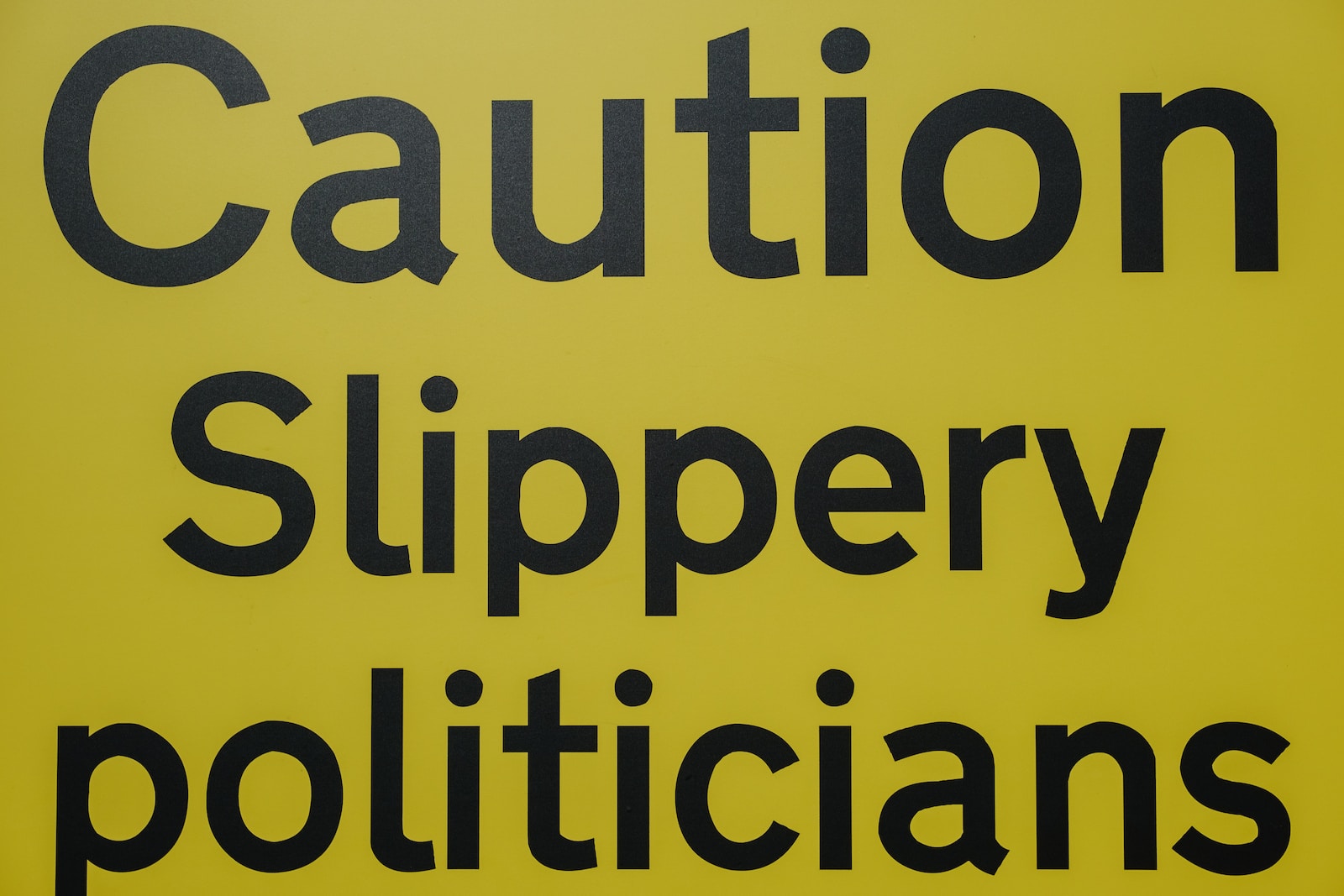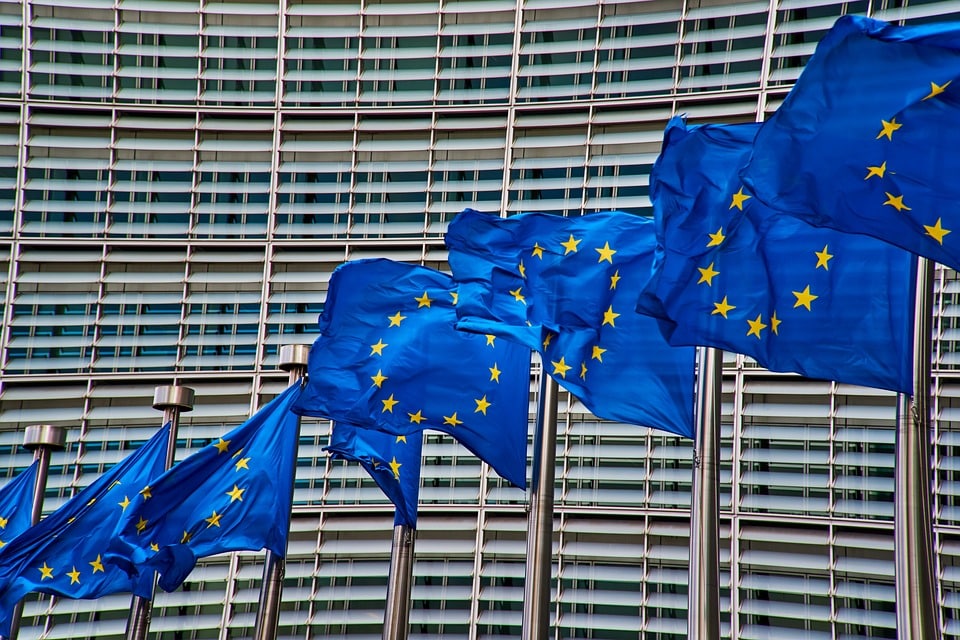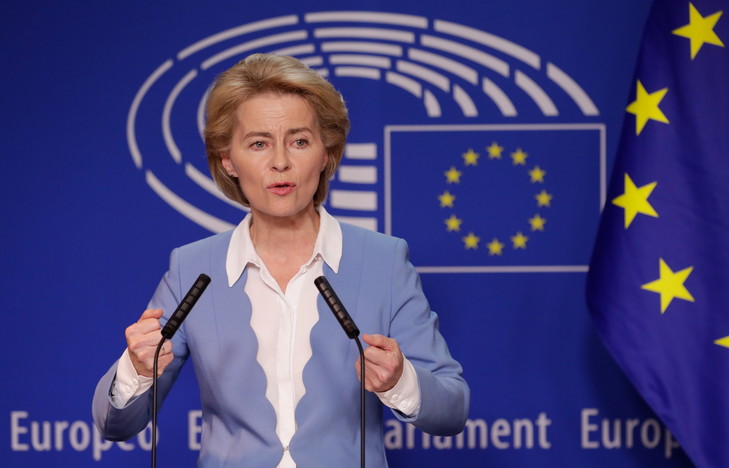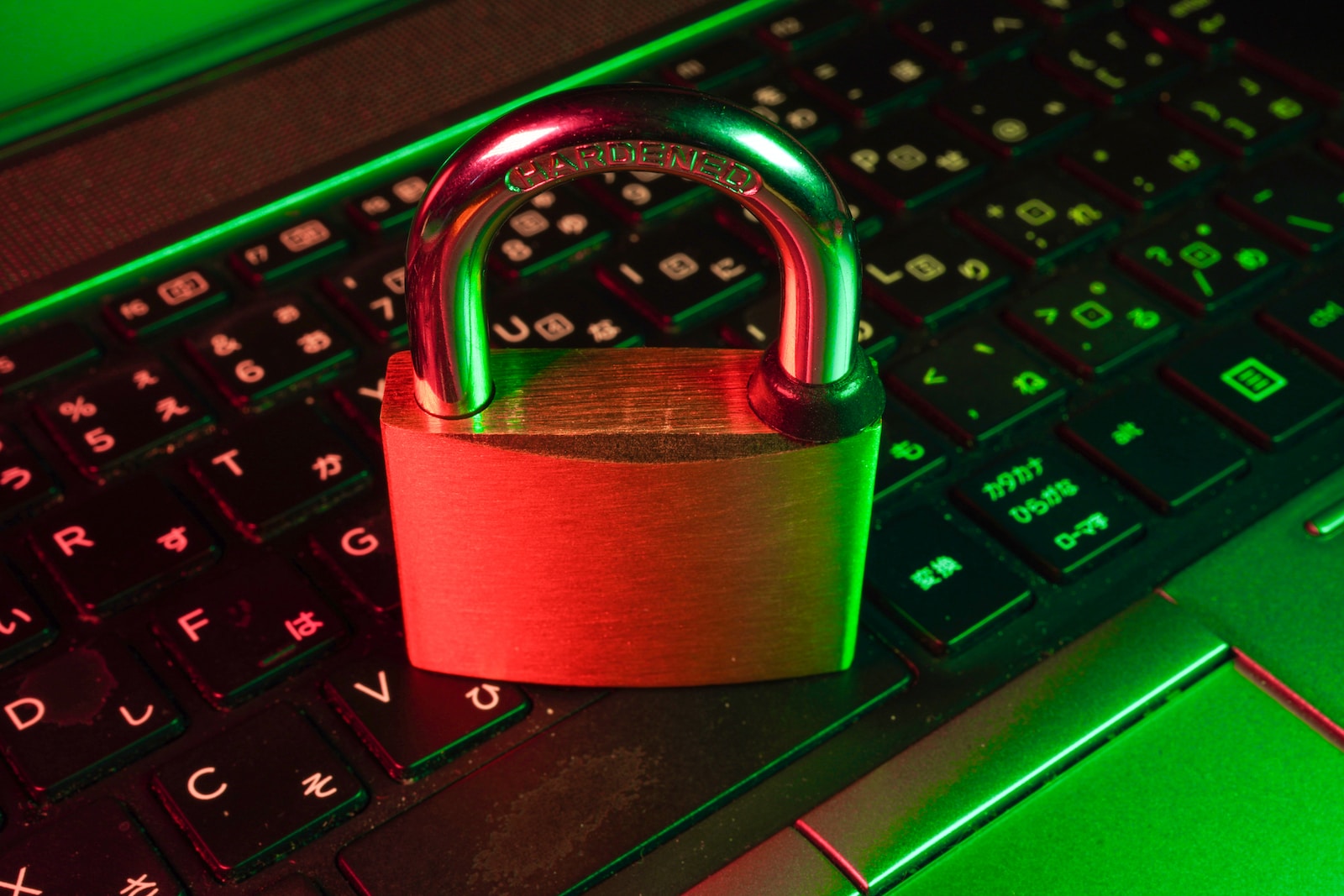Iceland is a model of capitalist democracies: it tops the index of gender equality, political representation, access to education and work, equal family leave and daycare, which guarantee rapid reintegration into work and study after motherhood. 80% of women work outside the home, they make up 65% of university students and 41% of members of Parliament.
But it was not always like this. Although the female vote in Iceland was achieved in 1915, the desired progress did not occur and women continued to be paid up to 40% less than men and their parliamentary representation amounted to no more than 5%.
But then came 1975. That year was declared by the UN, the International Women’s Year, and this contributed to women making their strength evident through an almost total strike of Icelandic women in all areas of the country. It was the idea of a group of Icelandic feminist women called Red Stockings who proposed to challenge an entire country, demonstrating that women are essential for a country to move and advance.
It was considered that that day a “women’s strike”, in order to make their role in society visible, especially in unpaid domestic work and to demand greater political representation.
It is true that at that time in Iceland there was no strike or mobilization process, which is why it was promoted as a “day of own affairs”, in order to guarantee the absence of women, but without risking their jobs. Along with this massive request for the day off, all types of licenses allowed in the work environment were used. The cessation of all unpaid domestic tasks, including child care, was promoted.
90% of Icelanders supported the measure. A strike without being one, but without going to their jobs or carrying out any action that was not recognized and remunerated as such. The woman stopped doing absolutely everything.
The economic impact was notable: newspapers were not printed because the typographers were women, the telephone service did not work, flights were canceled because the hostesses did not show up, schools did not function and fish factories closed because their workforce was almost exclusively female. Banks, transportation, daycare centers, cashiers, shop assistants stopped,…And they all gathered on the street. In Reykjavík, the country’s capital, about 25,000 people gathered.
The men had to take care of the children. Many could not request the day off because the women had already done so and their work was necessary. Nor could they neglect their children or not worry about food. The offices were filled with children and the restaurants increased their turnover significantly.
The political impact was very important. In 1976, the Icelandic Parliament passed a law guaranteeing equal rights for men and women, although this would not result in better jobs or salary compensation for women. Four years later, the first female president, Vigdis Finnbogadottir, would be elected by a small margin. A women’s party was founded, the Women’s Alliance, which in 1983 won its first seats in parliament. Two decades later, in 2000, paid paternity leave for men was introduced. In 2010, Iceland elected a woman, Johanna Sigudardottir, as its prime minister, for the first time in history. She was also the world’s first openly gay leader. That year, as one of the first policies of her government, strip clubs were banned. And although some problems persist, especially in the workplace, the fight for equality continues in the same way.
“It was a first step for the emancipation of women”, according to former president Vigdis Finnbogadottir years later in an interview she gave to the BBC. It was a great boost in equality for women in the country. That day completely changed the way of thinking of Icelanders and the role of women in all areas of society was valued.
The men realized the value that women had in society and, far from getting angry or even bothered with the Icelandic women, they went one step further and joined in the desire to achieve a fairer social organization where everyone was equal.
That example helped other women’s groups want to imitate it and, thus, in Poland in 2016, women were absent from work and organized a massive march against the reactionary decree that attempted to prohibit access to the right to abortion in all cases. But this strike did not have the economic impact that its predecessor achieved; although they did achieve it in the political sphere with the withdrawal of the Law. Argentina would also attempt a change in its social structure, bringing it closer to women through a similar strike, but what is certain is that the result was not as overwhelming as in Iceland.
In the United States, a “day without women” was also called in 2017, which included a large mobilization in front of President Donald Trump’s Trump Tower in New York.
“Icelandic Friday” showed the power of women’s protest to make their economic place visible inside and outside the home. But the persistence of the wage gap also showed a limit to the demand for “equality” without questioning the overall system. In fact, Icelandic capitalism knew how to integrate and “gradualize” the demand to such an extent that today, 40 years later, women continue to mobilize for the same reason.
The most unequal plane continues to be the economic one: the salary gap of 14% remains. And the persistence of women’s mobilization is proof that even in those small egalitarian paradises (Iceland has barely 330,000 inhabitants) that capitalism possesses in a fiercely unequal world, the fight against oppression and discrimination is in force. Women mobilized again year after year to demand the equality for which they had kicked the board that Friday in 1975.
Now this strike day is held every ten years.
It is true that a strike does not generate a cultural or political change immediately, as happened in Iceland, but at least it manages to attract the attention of the world to present its problems, because the visibility of these shows that it is one of the main victories of a strike.
The strike day in Iceland It was repeated every ten years
Originally published at LaDamadeElche.com














